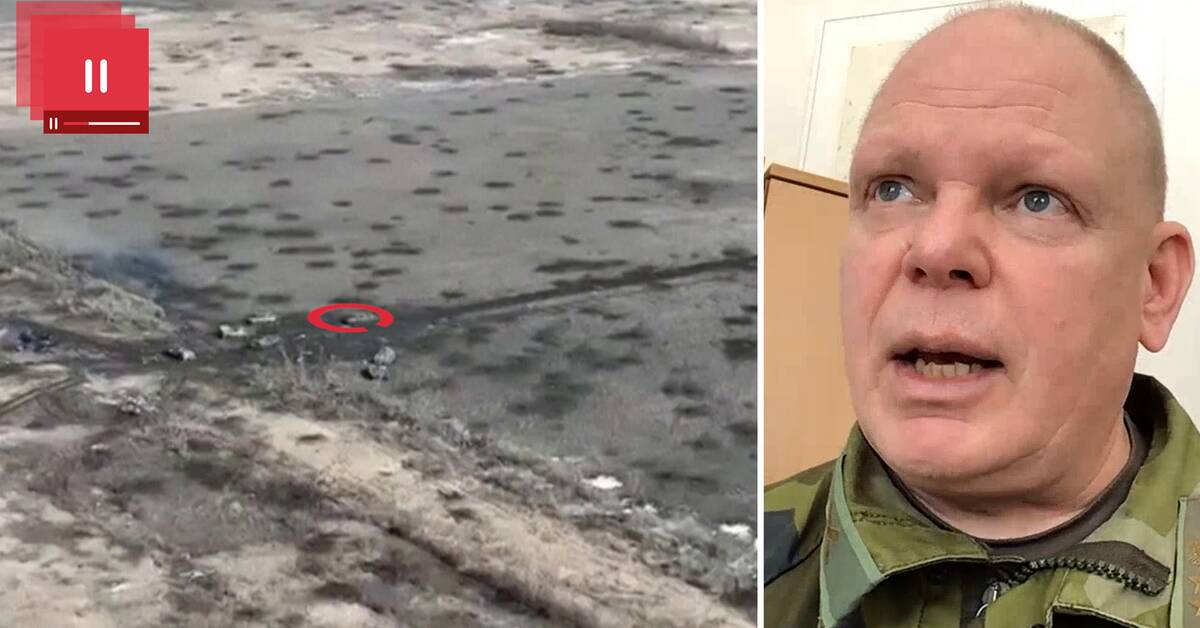In late January, Russia launched its largest offensive against the city of Vuhledar in eastern Ukraine to date. From the Ukrainian side, it has been described as the largest armored battle of the war.
The battle has been devastating for the Russian forces, according to the British Ministry of Defence's data. After taking heavy losses, Russia has stopped attacking in equal measure since mid-March.
Mines cause huge losses
Ukraine claims to have knocked out over 130 Russian vehicles, including 36 tanks, in the area. The Russian Defense Ministry, for its part, has claimed success.
Despite the fighting, neither Russia nor Ukraine has made any major achievements.
One of the reasons for Russia's heavy losses is Ukraine's use of mines, according to the British Ministry of Defence. In some cases, Ukraine allegedly used artillery to lay mines behind advancing Russian vehicles — causing chaos as the vehicles later attempt to retreat.
The same way over and over again
Drone images released by Ukraine are said to show several of the Russian vehicles driving on mines or being shot at at a crossroads just outside the city. The Reuters news agency has verified using satellite data that the images were taken outside Vuhledar.
Despite the losses, Russia continues to take the same path over and over again – with the same result.
This is not the first time that Russia has sent forward wave after wave of soldiers and equipment against well-prepared Ukrainian fortifications.
"Right now, they're using foot soldiers as pure cannon fodder. You send them straight to the front," Oscar Jonsson, a doctor of Russian warfare, told SVT Nyheter in February.
'Poorly educated'
The images of the destroyed tanks suggest that the Russian brigade at the city is likely made up of poorly trained mobilized soldiers, according to the American think tank Institute for the study of war.
Why do the Russian forces take the same route time and time again? Hear Lieutenant Colonel Carl-Axel Blomdahl's analysis of the images in the clip.

